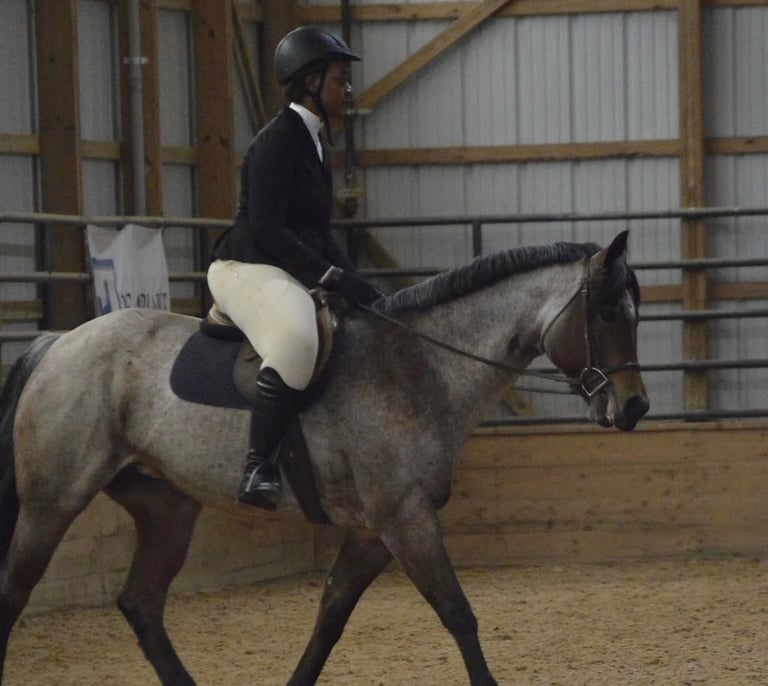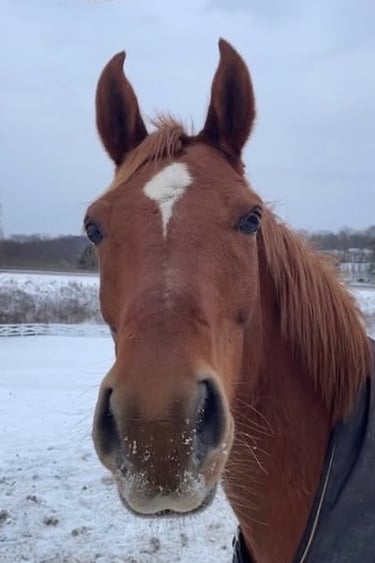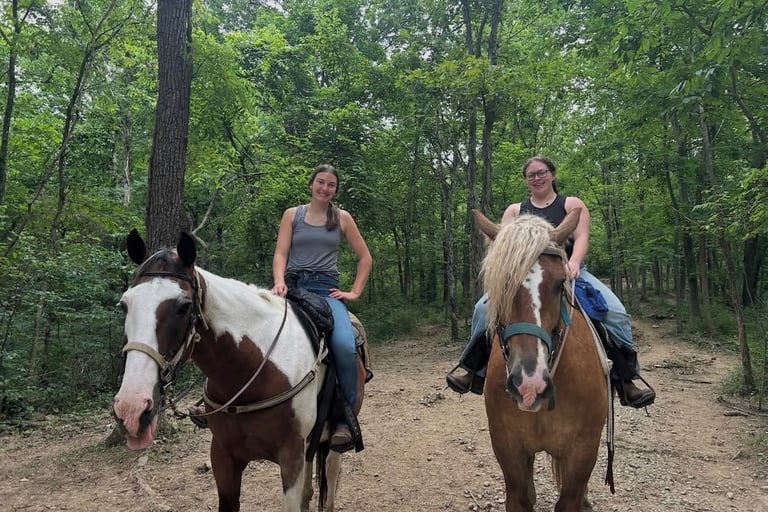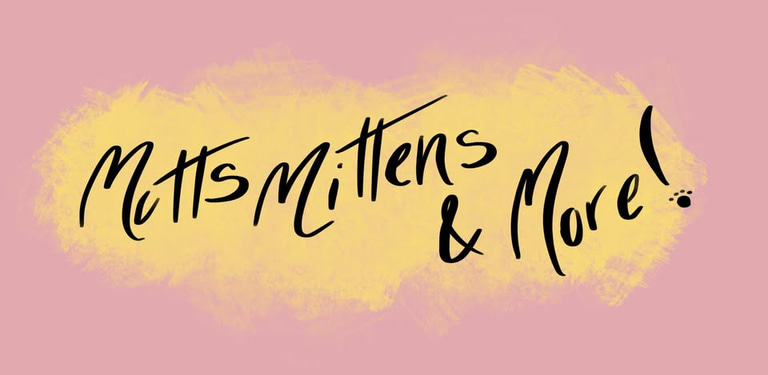Do you know your horse?
The best facts and tips to expand your understanding of the world of horses.
Indiana University of Pennsylvania’s Equestrian Team
11/6/20253 min read
Horses have been one of the top companions for humans for well over 5,000 years so it’s only right we learn to understand them. After working with them for centuries, we have found out so much about these beautiful animals.
Thanks to Indiana University of Pennsylvania’s Equestrian Team, we are able to share with you some of the best facts and tips of the equine world…


Dasha Hammond from IUP Equestrian Team.
Did you know?
- Horses can sleep standing up because they are able to lock their legs
- While horses can see almost completely around them, they have a blind spot directly in front and behind them
- Horses cannot throw up, which makes stomach aches, also known as colic, so dangerous
- Their ears and tails are both ways they communicate with other animals and humans (just like dogs and cats!)
- Their babies, also known as foals, can stand within hours of being born
- There are many different colors and breeds of horses (over 400!)
- You can estimate a horse’s age by looking at their teeth
- Horses cannot breathe through their mouth, only their nose
- Horses are herbivores as well as herd animals, meaning the more horses the better
- The height of horses is used in a measurement called hands (ponies are under 14.2 hands)


Clem from Dewalt Stables.
Tips and tricks!
- Never stand directly behind a horse as their kick is powerful enough to kill a human
- Never kneel on the ground in case a horse spooks, always squat so you are able to get up quickly if needed
- Approach a horse calmly and quietly as they react to a flight response (their natural instinct to run from a supposed threat)
- When approaching, come from the side so you are not approaching in their blind spot
- Always close a halter (how you lead a horse) because it could swing around and injure their eye if not
- Snaps on buckets in the barn must always have the closure facing away so the horse cannot get injured on it
- Make sure to wear closed toe shoes while working with them as they can break human toes by stepping on them
- Always hold a rope with two hands and never have it looped around your hand because if the horse spooks it can drag you with it
- (And a fun one) Make sure to always give your horse a treat!


Emily Simmons and Bre Bobak from IUP Equestrian Team trail riding in Kentucky.
Another huge thanks to Indiana University of Pennsylvania’s Equestrian Team for sharing their knowledge in equine care!
IUP is a public 4-year University in Indiana, PA. The IUP Equestrian Team has been competing for over 10 years and continues to compete across Pennsylvania and even into nearby states. Congratulations to them on completing their show season for the fall semester and we can’t wait to see what else they will accomplish!
To stay updated with the team make sure to check out their instagram @iup_equestrian


IUP Equestrian Team 2025
